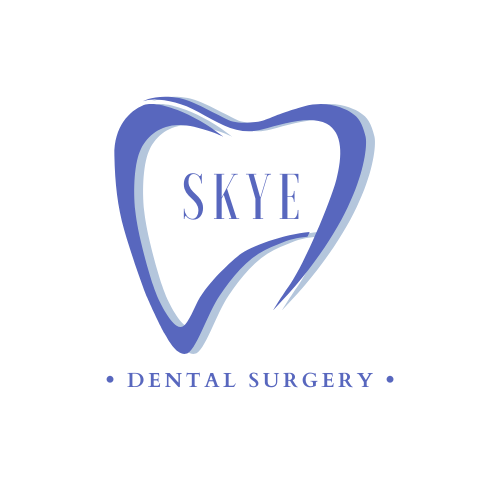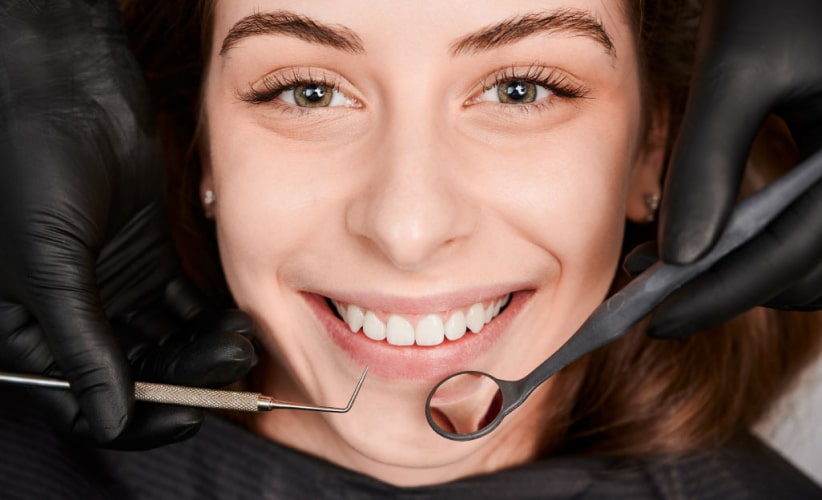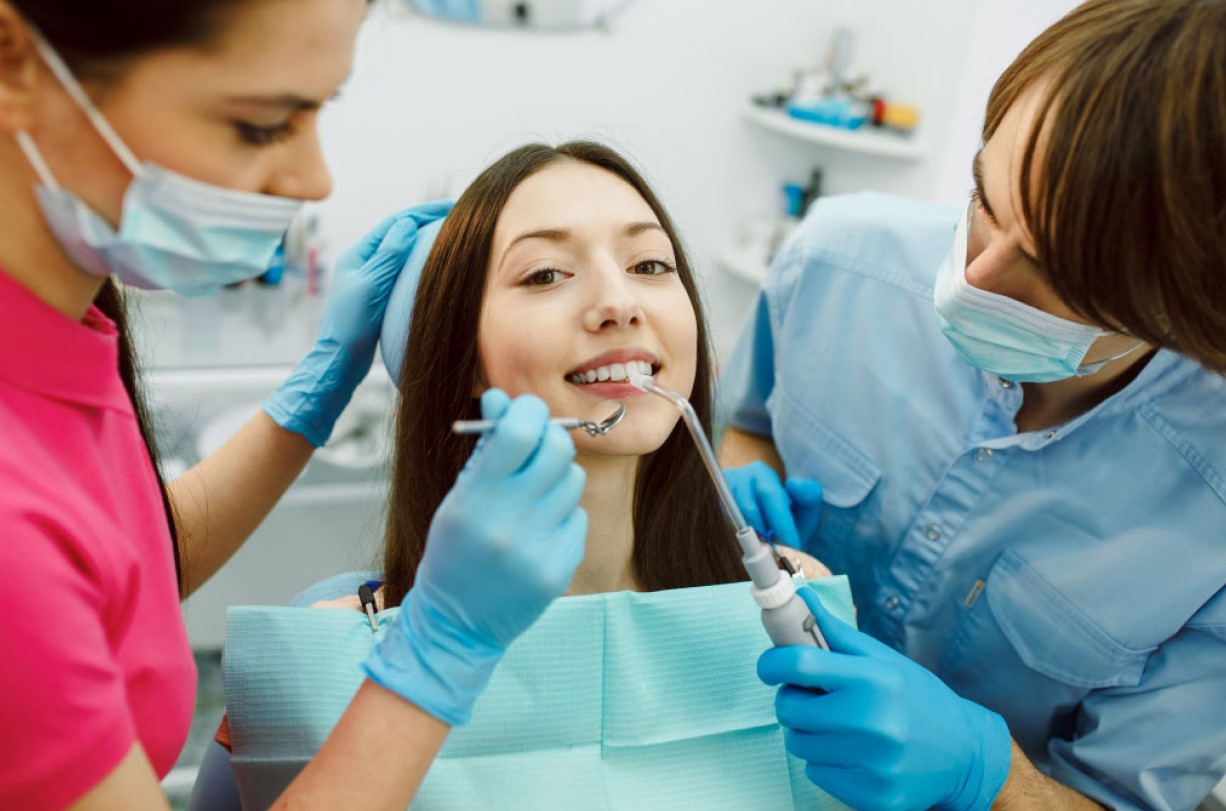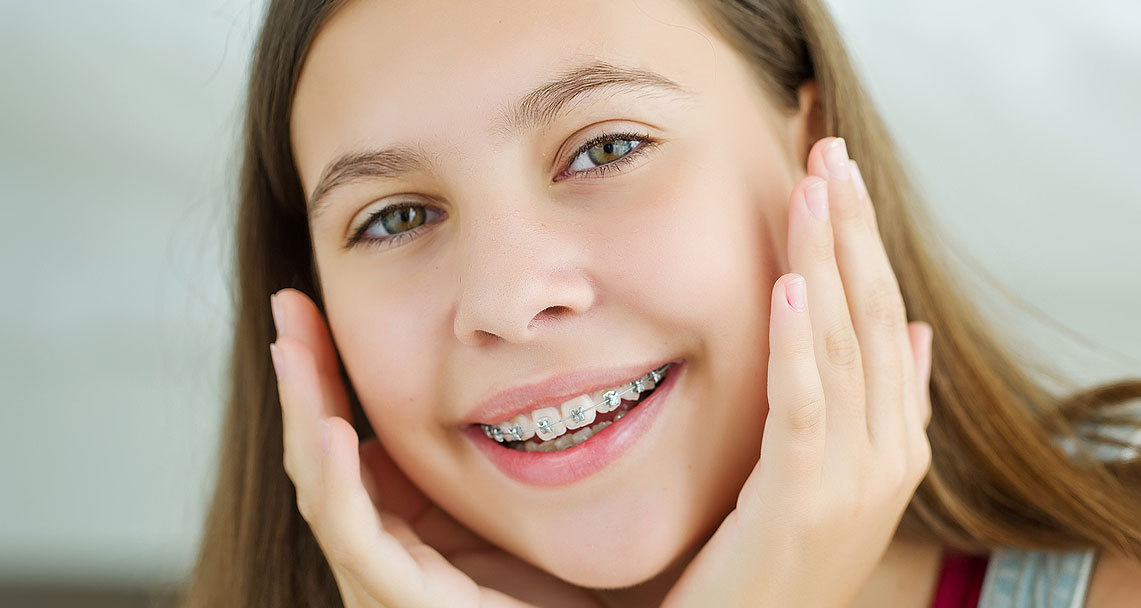
Are you considering braces but unsure if it`s the right decision for you? It's important to have all the facts before making such a significant commitment.
With so many different types of braces available and varying costs and treatment times, it can be overwhelming to navigate this decision on your own. That's why we've put together an exclusive list of 6 essential things your dentist might want you to know before getting braces.
By reading this article, you'll gain valuable insights into the pros and cons of braces, what to expect during treatment, and how to ensure the best possible outcome.
Don't make a decision about your orthodontic treatment without first reading this must-know guide.

The relationship between the doctor and the patient during braces treatment can be likened to a tango dance. Just like in a tango, both partners must work together in harmony to achieve a beautiful outcome.
The doctor leads the dance by designing and implementing the treatment plan, while the patient follows by maintaining good oral hygiene, attending all appointments, and following instructions such as being compliant with elastic wear or practising myofuctional exercise if required.
Just as in tango, communication is key in this collaboration. The orthodontist must communicate clearly and guide the patient throughout the treatment, while the patient must express their concerns, understand what is expected of them, and follow through with the treatment plan.
Only through working together in a coordinated manner will we get a beautiful, healthy smile that can be appreciated by all. Remember, it takes more effort than just showing up for appointments to achieve the smile you desire.
Retainers are the gradations of your smile
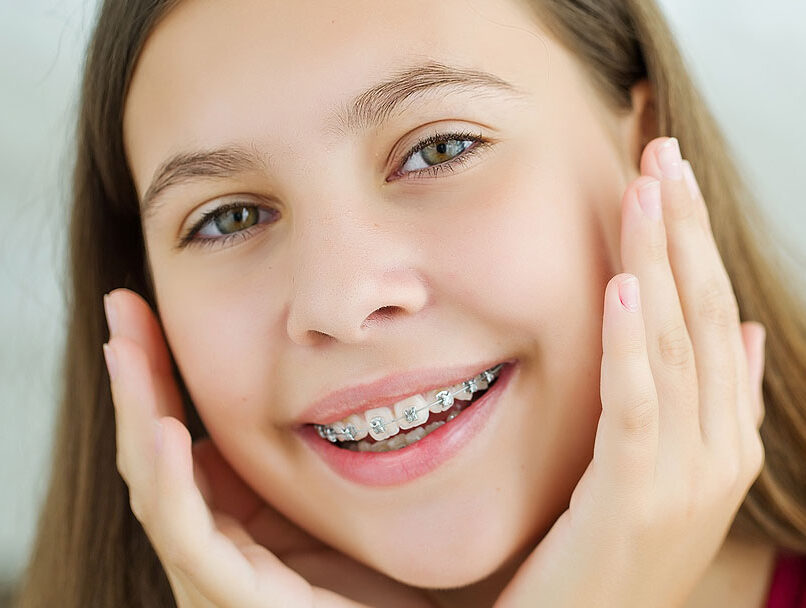
Retainers are an important part of the orthodontic treatment process. After the braces are removed, the teeth naturally want to move back to their original positions.
Retainers help prevent this by holding the teeth in their new, revised positions while the surrounding bone and gums adapt to the new alignment.
For the best possible results, it is important to follow your orthodontist's instructions for retainer fit and care. There are two main types of retainers: fixed and removable.
Fixed retainers are attached to the back of the teeth with a thin wire and are not visible from the front. They require minimal maintenance but can make cleaning teeth more challenging.
Removable retainers can be taken in and out of the mouth. They can be either Hawley retainers, which are made of metal and acrylic, or Essix retainers, which look like transparent plastic. They are easier to clean and allow for better oral hygiene but require regular wear to maintain results.
If you don't wear your retainers as directed, your teeth may move back into place, undoing your progress during your orthodontic treatment. Proper care of your retainers will help you maintain a healthy and beautiful smile for a long time.
Bite turbo might make eating challenging
Besides, avoid certain foods that are sticky, hard, or chewy, as they have the potential to damage your braces. One of the challenges when it comes to eating that you might want to know, is a tool that a doctor may use to help correct bite issues: a bite turbo.
Bite turbos are small raised areas on the back teeth that prevent them from touching when you bite down. This can be helpful in cases where a patient has an overbite or other bite issue that needs to be corrected.
Here’s a video for you if you’re curious about bite turbo:
By preventing the back teeth from touching, a bite turbo can help shift the jaw into the correct position and encourage proper alignment of the teeth.
While a bite turbo can be effective in correcting bite issues, it can also be challenging for patients to adjust to at first. It can make eating difficult and require some modifications to the diet.
You may need to stick to softer foods or cut your food into smaller pieces to make it easier to chew. However, over time, you should adjust to the bite turbo and be able to eat normally.
Oral hygiene is a crucial game-changer
Maintaining good oral hygiene is crucial when you have braces because braces create more spaces for food particles and bacteria to accumulate, which can lead to various dental complications.
Braces make it difficult to clean teeth properly, leading to an increased risk of cavities, gum disease, and bad breath. This is because food particles can get trapped between the braces and teeth, making them hard to reach with a toothbrush or floss.
If left uncleaned, these food particles can lead to the buildup of harmful bacteria that can cause cavities and gum disease.
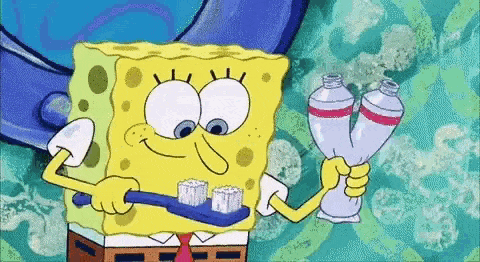
Also, improper oral hygiene can cause complications during orthodontic treatment, such as decalcification, a white spot formation on the teeth. This can occur when bacteria are left on the teeth for too long, causing the enamel to weaken.
To prevent these complications, it is important to maintain proper oral hygiene by brushing twice a day, flossing regularly, and using mouthwash.
Your orthodontist may also recommend additional cleaning methods, such as interdental brushes or water flossers. By taking care of your teeth and braces properly, you can ensure that your orthodontic treatment is successful and that your teeth remain healthy and strong.
Rubber bands lead to a radiant smile
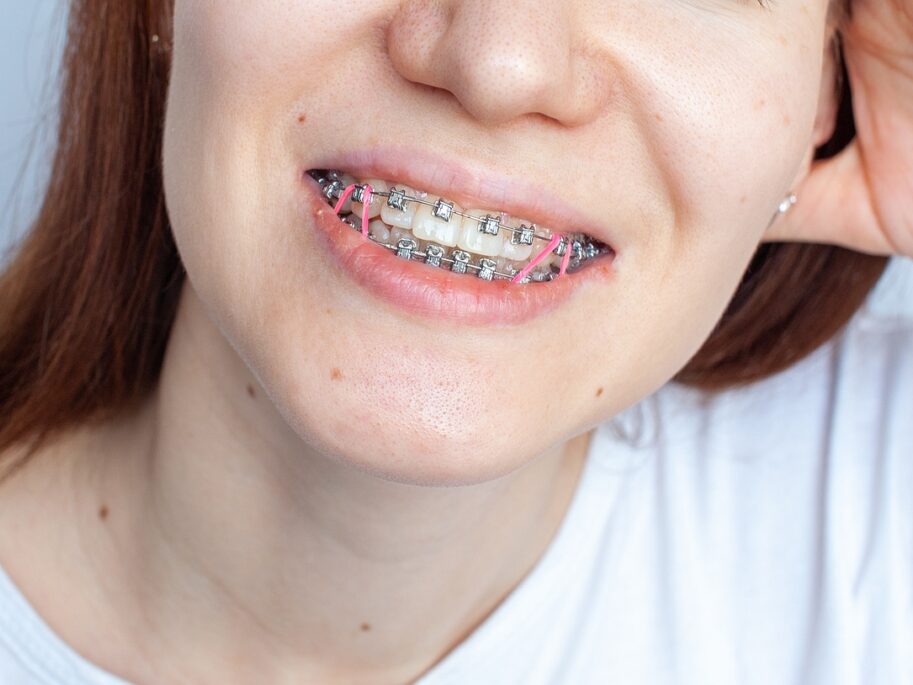
Source: For Great Smile
Elastics, also known as rubber bands, are a common component of orthodontic treatment that can help to improve the alignment of teeth and the bite.
They are small, elastic bands that are attached to the brackets and/or wires of braces to apply gentle, continuous pressure on the teeth and jaw.
Elastics work by applying force to the teeth in a specific direction, which can help to correct issues such as overbites, underbites, and crossbites. By wearing elastics as directed by your orthodontist, you can help speed up your treatment and achieve your desired results.
It's important to wear elastics as directed by your orthodontist, as not wearing them properly can slow down your treatment and even reverse the progress you've made.
Braces can cause an allergic reaction
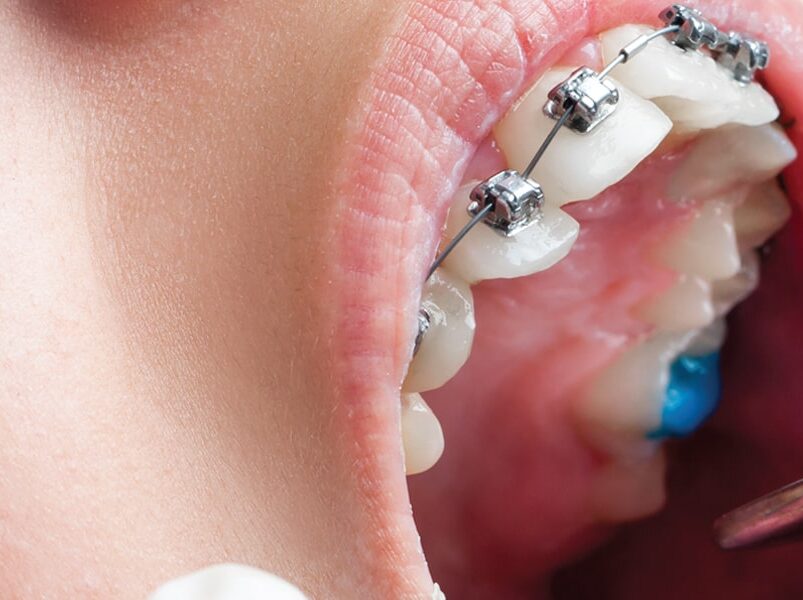
Source: Decisions in Dentistry
While it occurs rarely, it is possible for individuals to have an allergic reaction to the materials used in braces. Most commonly, this is due to an allergy to nickel, which is a component of traditional metal braces.
Other materials used in braces, such as latex in elastics, can also cause allergic reactions in some people. Symptoms of an allergic reaction to braces may include itching, rash, swelling, and hives around the mouth or on the skin. In severe cases, individuals may experience difficulty breathing or anaphylaxis.
If you suspect that you may be allergic to braces or any of the materials used in them, it's important to contact your doctor before you start on your braces journey.
They may be able to provide you with different types of braces or use alternative materials to avoid the allergic reaction.
Overall, while allergic reactions to braces are rare, they are important to be aware of.
There are different types of braces
The most common type is conventional metal braces, which are made of high-grade stainless steel and consist of brackets, archwires, and elastic bands.
They are highly effective at correcting a wide range of dental issues, including overcrowding, crooked teeth, and bite problems.
Another option is self-ligating braces, which look similar to conventional metal braces, but the design of the brackets is different.
Self-ligating braces are a type of braces that use a special clip to hold the archwire in place instead of traditional elastic bands. This clip is designed to reduce friction and pressure on the teeth, allowing the teeth to move more freely and comfortably.
Both types of metal braces, they also come with a ceramic bracket option. Ceramic brackets are similar in design to metal braces but use clear or tooth-coloured brackets that blend in with the teeth. This makes them less noticeable than traditional braces, but they can be more fragile and require more maintenance.
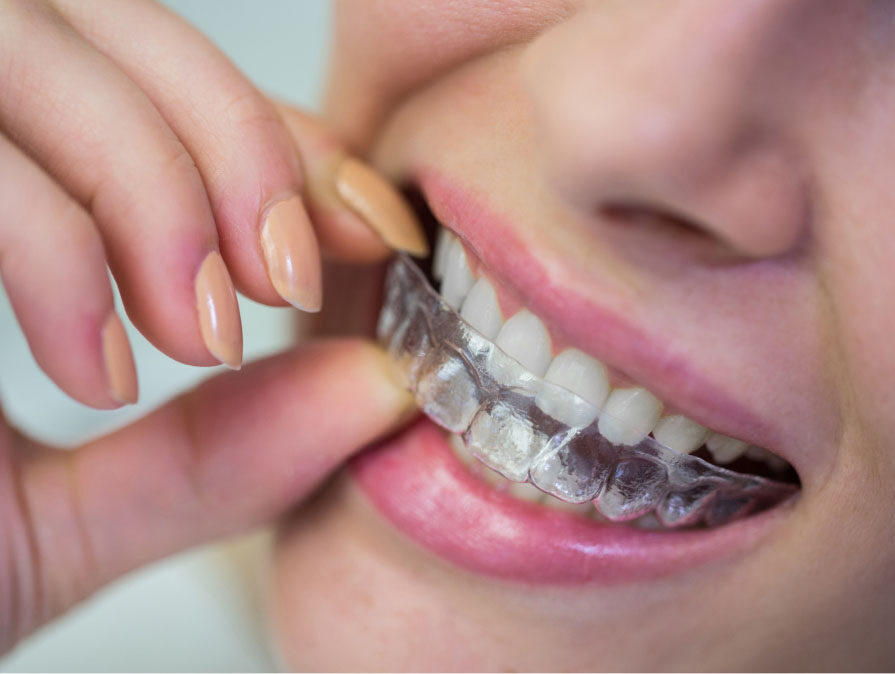
Finally, clear aligners such as Invisalign and Clear Correct are popular alternatives to traditional braces. These are custom-made, clear plastic trays that are worn over the teeth and gradually shift them into the desired position.
They are removable, which makes them more convenient for eating and brushing, but they require a high level of compliance and may not be suitable for all cases. Ultimately, the type of braces you choose will depend on your individual needs and preferences, as well as the recommendations of your dentist.
Recommended reading: How to find the best clear aligner
Conclusion
Overall, there are several important factors to consider before getting braces, such as the commitment required, the types of braces available, the role of retainers, and the importance of maintaining good oral hygiene.
Understanding these key points and working closely with your dentist throughout your treatment can ensure the best possible outcome and achieve a healthy, beautiful smile.
While braces can require time and effort, the benefits they provide are well worth it in the end. So if you're considering braces, Myobrace or Invisalign, be sure to take the time to do your research, ask questions, and prepare for the journey ahead.
If you need any guidance or assistance with dental health, feel free to contact Skye Dental Penang today! We are happy to help you to move toward better oral health.
